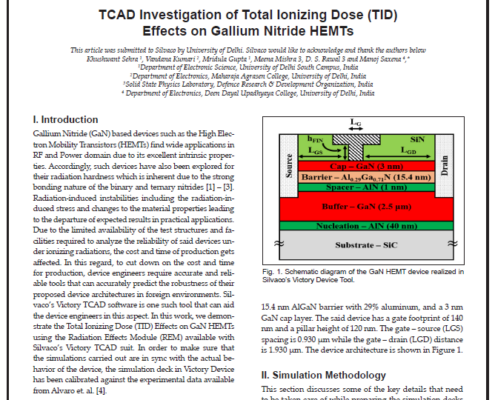
TCAD Investigation of Total Ionizing Dose (TID) Effects on Gallium Nitride HEMTs
Gallium Nitride (GaN) based devices such as the High Electron Mobility Transistors (HEMTs) find wide applications in RF and Power domain due to its excellent intrinsic properties. Accordingly, such devices have also been explored for their radiation hardness which is inherent due to the strong bonding nature of the binary and ternary nitrides. Radiation-induced instabilities including the radiation-induced stress and changes to the material properties leading to the departure of expected results in practical applications. Due to the limited availability of the test structures and facilities required to analyze the reliability of said devices under ionizing radiations, the cost and time of production gets affected. In this regard, to cut down on the cost and time for production, device engineers require accurate and reliable tools that can accurately predict the robustness of their proposed device architectures in foreign environments. Silvaco’s Victory TCAD software is one such tool that can aid the device engineers in this aspect. In this work, we demonstrate the Total Ionizing Dose (TID) Effects on GaN HEMTs using the Radiation Effects Module (REM) available with Silvaco’s Victory TCAD suite.
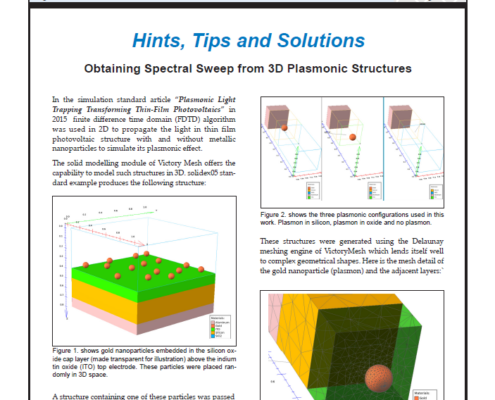
Obtaining Spectral Sweeps from 3D Plasmonic Structures
In the simulation standard article, “Plasmonic Light Trapping Transforming Thin-Film Photovoltaics” from 2015, the finite difference time domain (FDTD) algorithm was used in 2D to propagate the light in thin film photovoltaic structures with and without metallic nanoparticles to simulate its plasmonic effect. The solid modeling module of Victory Mesh offers the capability to model such structures in 3D.
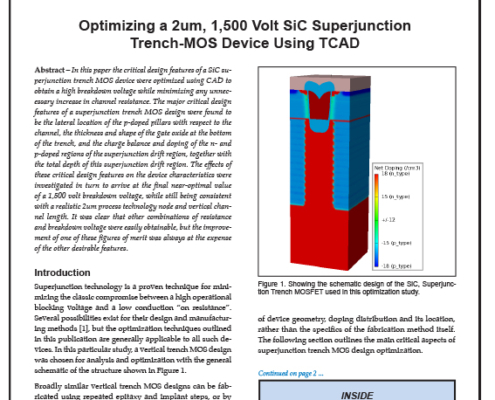
Optimizing a 2um, 1,500 Volt SiC Superjunction Trench-MOS Device Using TCAD
In this paper the critical design features of a SiC superjunction trench MOS device were optimized using CAD to obtain a high breakdown voltage while minimizing any unnecessary increase in channel resistance.
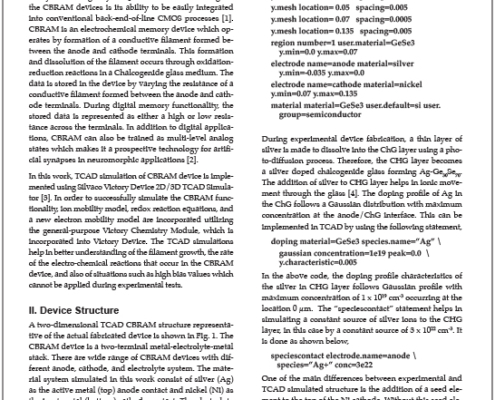
TCAD Simulation of CBRAM Devices
Conductive Bridge Random Access Memory (CBRAM) is a non-volatile memory device technology that can operate by consuming very low power. Another advantage of the CBRAM devices is its ability to be easily integrated into conventional back-end-of-line CMOS processes [1].
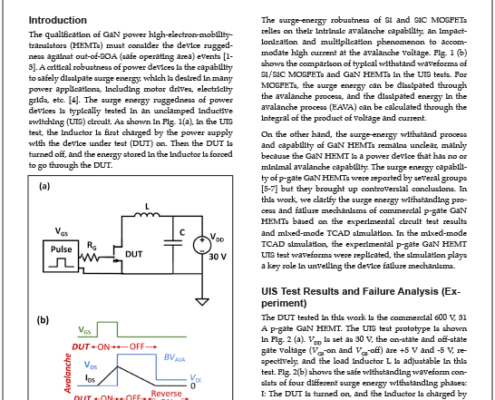
TCAD Mixed-Mode Simulation for GaN Power HEMTs in Unclamped Inductive Switching
The qualification of GaN power high-electron-mobilitytransistors (HEMTs) must consider the device ruggedness against out-of-SOA (safe operating area) events [1- 3].
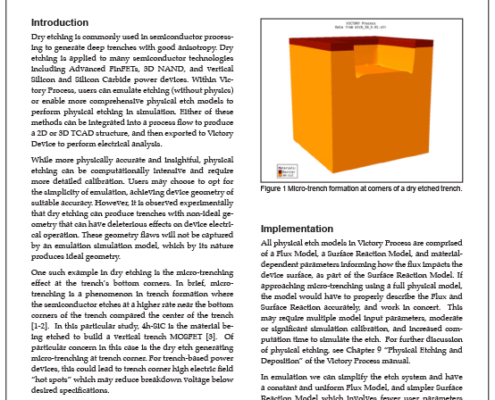
Using Victory Process Open Model Interface to Customize Etch Emulation Model – Example
Dry etching is commonly used in semiconductor processing to generate deep trenches with good anisotropy. Dry etching is applied to many semiconductor technologies including Advanced FinFETs, 3D NAND, and vertical Silicon and Silicon Carbide power devices.
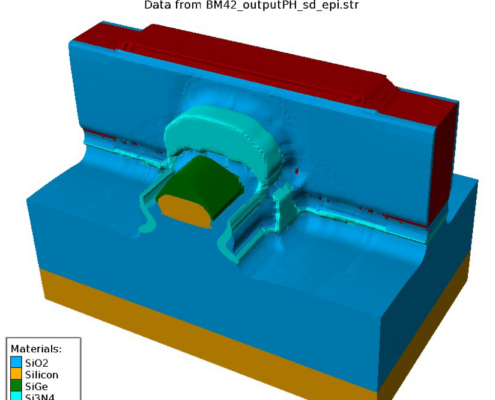
2020 TCAD Baseline Release Section 1: Process Simulation – New Features in 2020 Baseline Release
2020 TCAD Baseline Release
Section 1: Process Simulation – New Features in 2020 Baseline Release
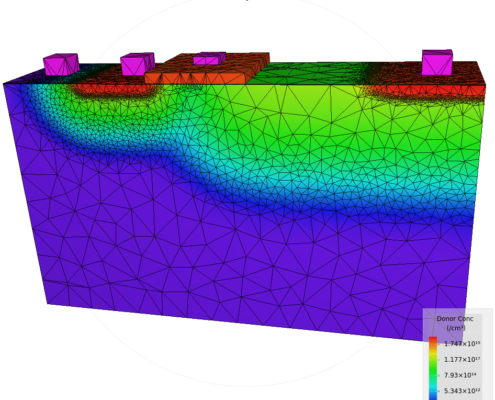
2020 TCAD Baseline Release Section 2: Meshing – New Features in 2020 Baseline Release
2020 TCAD Baseline Release
Section 2: Meshing – New Features in 2020 Baseline Release
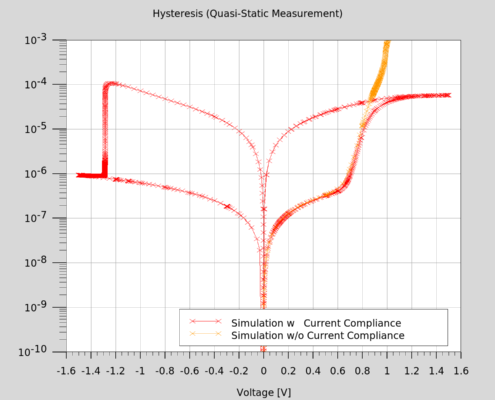
2020 TCAD Baseline Release – Device Simulation – New Features in 2020 Baseline Release
2020 TCAD Baseline Release Section 3:
Device Simulation – New Features in 2020 Baseline Release
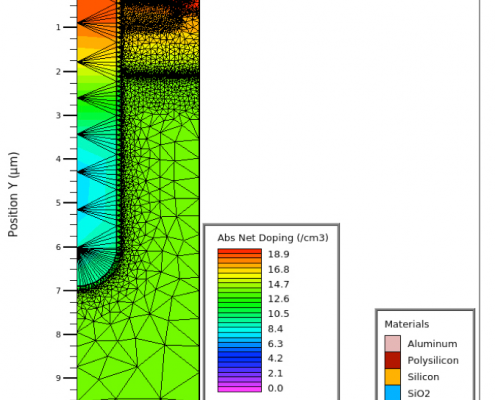
Victory TCAD Suite: How to use it for fast, efficient, and accurate simulation of power semiconductor devices
Silvaco TCAD has been used by Tier 1 power device manufactures and designers for decades. The introduction of Victory Process, Victory Mesh, and Victory Device significantly increases the functionality and flexibility of the tool set available to designers. In this article we look at how some of the features of this suite of tools improve the efficiency of the design flow.
